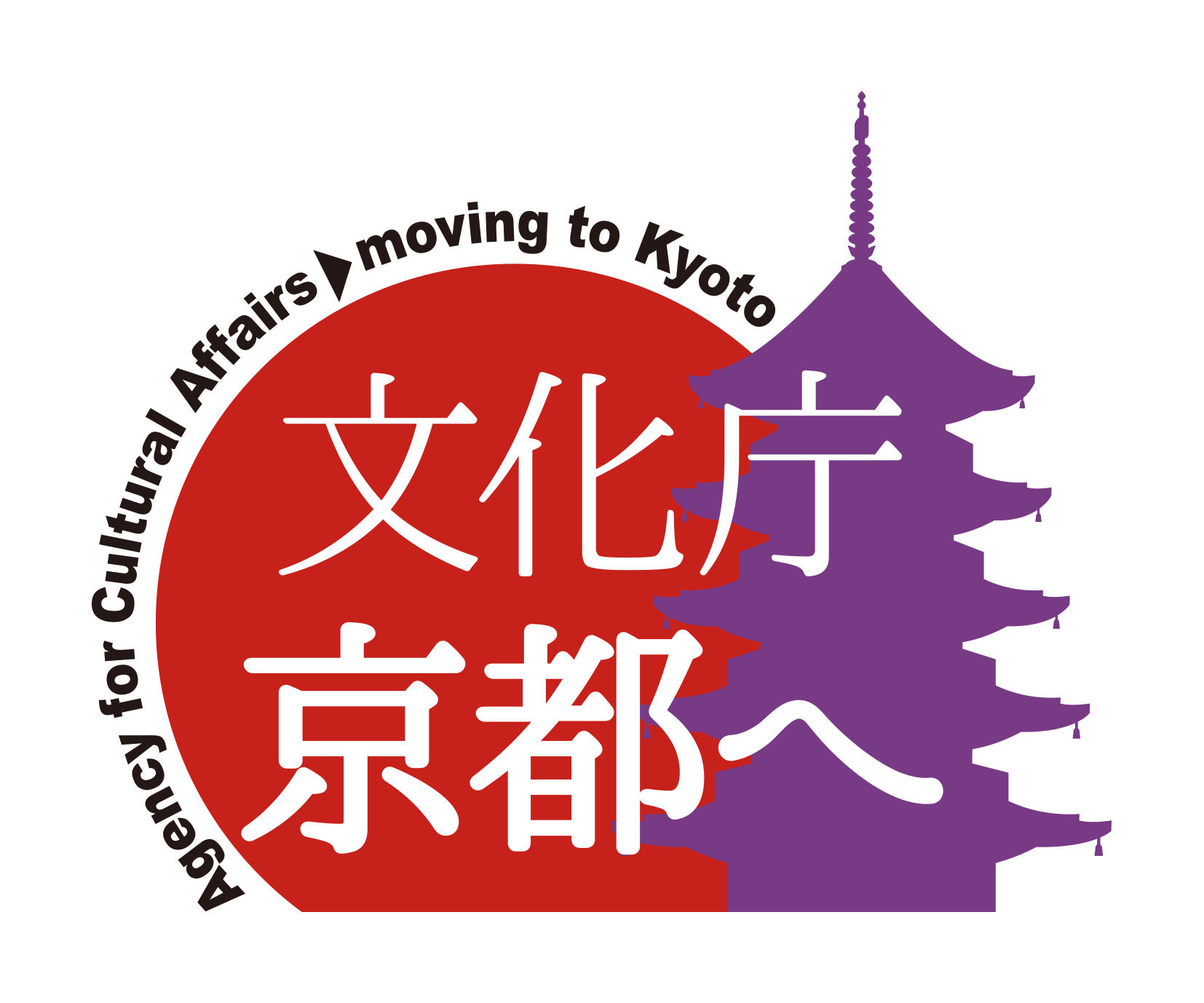In this section, we will report on the activities of the students and the classes of Ritsumeikan University’s “Special Practice in Policy Science 1 “Ninnaji Temple in Kyoto” (in charge: Prof. Masanari Sakurai), which is located at Ninnaji ×Temple.
Ninna-ji Temple Tour and Survey Plan
On Monday, August 4th, a full-fledged class by Professor Sakurai of Ritsumeikan University, whose activities are set in Ninna-ji Temple, started in the precincts of Ninna-ji Temple.
The theme of Professor Sakurai’s class is to explore the possibility of implementing projects that can increase the attractiveness and value of Ninnaji Temple globally and locally and create new “connections” by utilizing “Asset-Based Community Development (ABCD),” which is a method of regional revitalization. “ABCD” refers to the revitalization and development of a region based on the resources that exist in the region, and “resources” here are defined as “resources” that are for the revitalization and development of the region, such as not only cultural properties, nature, and landscapes that exist in the area, but also schools, hospitals, and companies that exist in the area, as well as various local residents and connections between residents.
In the class, students will understand the “strengths” of Ninnaji Temple, which has a history of more than 1,100 years, and understand the local resources such as schools, accommodations, stores, and transportation that exist in the vicinity, and come up with proposals for new projects. In addition, we aim to realize pilot initiatives based on these ideas.
At 10 a.m. on the first day of class, the students gathered at Ninna-ji Temple to introduce themselves, receive an explanation of the class outline and schedule from Professor Sakurai, and then toured the temple grounds under the guidance of Yoshima Kanesaki, a priest of Ninna-ji Temple and manager of the Finance Department’s Administrative Division.
Mr. Kanasaki introduced the buildings and cultural properties within the precincts of Ninna-ji Temple, as well as the ingenuity and difficulties of maintaining cultural properties, as well as topics from various perspectives related to Ninna-ji Temple. It was a very hot day, but Mr. Kanasaki gave a thorough explanation, and the students listened intently to the guidance.
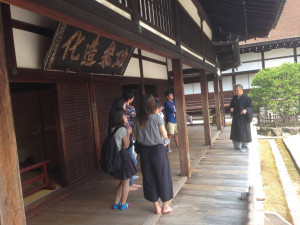
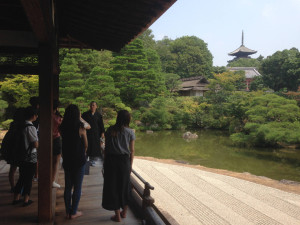
In the afternoon, after receiving a lecture on the “ABCD Approach” by Prof. Sakurai, a workshop was held using imitation paper and post-it notes on “the charms, resources, and interesting points of Ninna-ji Temple” based on the morning tour and the topic provided by Ninna-ji. The work proceeded in an intimate atmosphere, and the students exchanged many opinions on cultural values, nature, land, related facilities, and local residents. In addition, we discussed what to investigate in preparation for the developmental survey to be conducted in the next class, and as a result, it was decided to divide the survey into two teams: one to investigate tourists and the other to investigate surrounding facilities and regions. Each team made their own plans for the next survey, and this class was over.
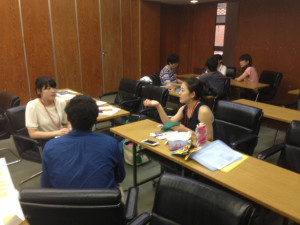
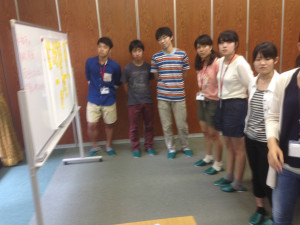
The next training camp will be held at Ninnaji Temple on September 17-18, and on the following day, September 19, we will summarize the training camp and conduct a tourist survey in front of JR Kyoto Station.
















